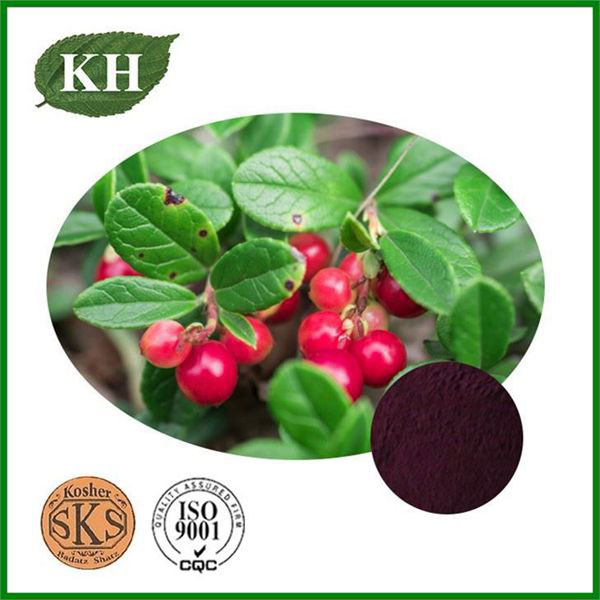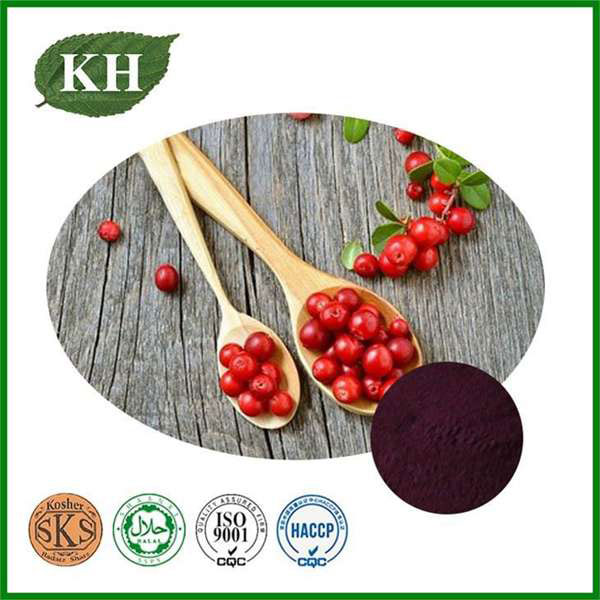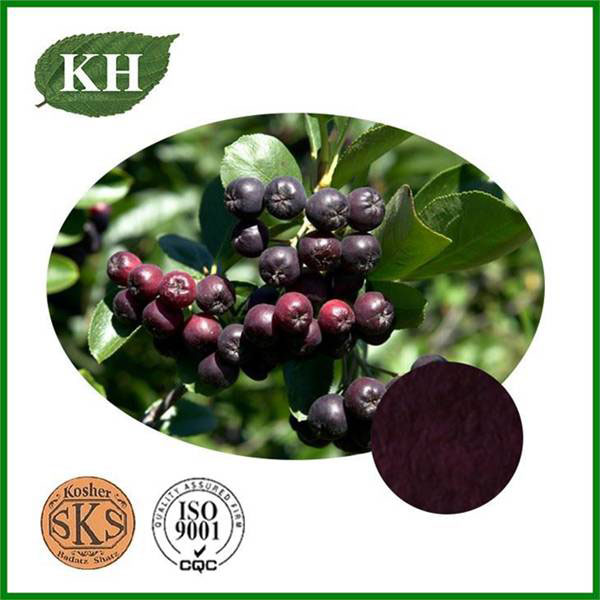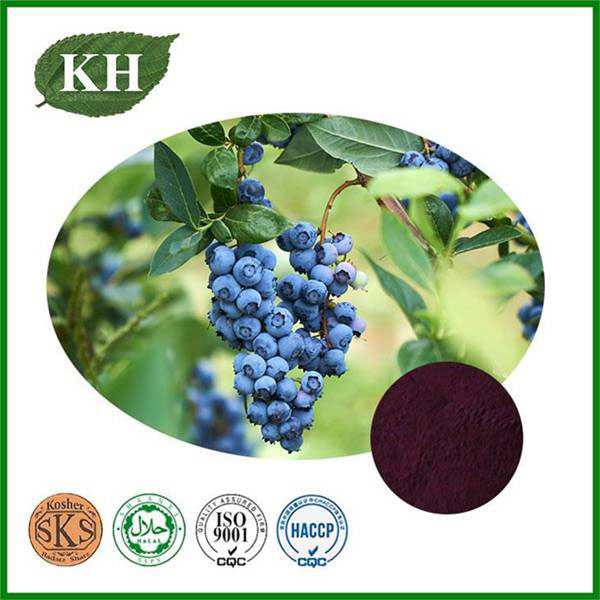Eating these foods rich in Anthocyanidins often is not only good for your body, but also for beauty!
2022.09.08
Vegetables, fruits, nuts, seeds, and legumes are not only rich in vitamins and minerals, but also contain a range of health-promoting plant compounds, such as anthocyanins.

Anthocyanin is a flavonoid compound with a special molecular structure, a water-soluble natural pigment, and one of the most effective natural antioxidants against free radicals.

Anthocyanins are a member of the flavonoid family, the same class of antioxidants found in wine, tea and dark chocolate.
Foods containing anthocyanins have long been used as natural medicines and there is a growing body of research supporting their health benefits. Anthocyanins extracted from plants are also commonly used as dyes, natural food colorings and food additives.

Foods rich in anthocyanins
Generally, red, purple and blue fruits and vegetables contain more anthocyanins. Black wolfberry is known as the "king of anthocyanins", and every 100 grams of black wolfberry contains 3690 mg of anthocyanins, which are easily absorbed by the human body.

In addition to black wolfberry, purple corn, pomegranate, eggplant, purple grape, purple potato, and purple cabbage, anthocyanin-rich foods include mulberries, black elderberries, cherries, blackberries, lingonberries, strawberries, black grapes, plums, Blueberries, Black Beans, and More
The efficacy and role of anthocyanins
Anthocyanins have antioxidant properties, which fight free radicals, which are harmful compounds. Reduce a person's risk of chronic diseases, such as cancer and heart disease. The ability of anthocyanins to fight free radicals is 50 times that of vitamin E and 20 times that of vitamin C, and the effectiveness of anthocyanins on the human body is 100%.
1. Helps reduce inflammation
In a 12-week study, 169 hypercholesterolemic patients supplemented with 320 mg of anthocyanins twice a day showed significant reductions in inflammatory markers.
One study suggests that anthocyanins may help reduce inflammation and pain in people with inflammatory arthritis.
Since chronic inflammation can contribute to a variety of chronic diseases, including type 2 diabetes and heart disease, regular consumption of anthocyanin-rich foods may provide some relief.
2. May Prevent Type 2 Diabetes
One study showed that people who regularly ate foods rich in anthocyanins had a 15% lower risk of developing type 2 diabetes. Additionally, adding 7.5 mg of anthocyanins to the daily diet (eating 30-60 grams of berries/cherries/eggplants) reduced the risk of type 2 diabetes by 5%.
In addition, multiple human studies suggest that anthocyanins may help reduce inflammation and improve glucose tolerance, both of which may reduce a person's risk of developing type 2 diabetes.
3. Lowers the risk of certain cancers
Like other flavonoids, anthocyanins fight free radicals, reduce inflammation, and prevent DNA damage, all of which help prevent tumor formation.
Anthocyanins may also help prevent cancer cells from multiplying and spreading. For example, one test-tube study suggested that it may activate certain genes that kill prostate cancer cells.
Anthocyanins also appear to be effective in preventing the spread of leukemia and ovarian cancer cells. In addition, a review of multiple studies further suggests that it may reduce a person's risk of developing skin cancer.
4. Improves Heart Health
A diet rich in anthocyanins can boost heart health in several ways. First, anthocyanins may help regulate blood pressure and prevent it from rising.
In a 12-week study, people who drank 200 milliliters of cherry juice a day saw their systolic and diastolic blood pressure drop by 7.7mmHg and 1.6mmHg, respectively. In another study, those who drank 300ml of plum juice a day experienced a significant drop in blood pressure that lasted for 6 hours, especially in older adults.
Anthocyanins lower triglycerides and LDL (bad) cholesterol levels, while raising HDL (good) cholesterol levels.
A review suggests that a diet rich in anthocyanins can reduce a person's risk of heart disease by 9% and reduce the risk of death from heart disease by about 8%.
5. Helps Improve Brain Function
Anthocyanins can cross the blood-brain barrier and protect brain nerves from oxidation; stabilize brain tissue function and protect the brain from harmful chemicals and toxins.
Some research suggests that certain components in berries, including anthocyanins, may help slow the progression of Alzheimer's disease. In one study, elderly people with mild dementia who drank 200ml of cherry juice a day for 12 weeks experienced significant improvements in verbal fluency, short-term and long-term memory.
6. Maintain vision health.
Anthocyanins can promote the synthesis of rhodopsin in the retina, promote blood circulation in the eye, relieve the stiffness of the ciliary muscle of the eye, maintain normal intraocular pressure, relieve eye fatigue, and prevent the occurrence of eye diseases such as myopia, dry eye, and cataract.
7. Antibacterial
A test-tube study suggests that delphinidin, an anthocyanin pigment, may help fight infections from Staphylococcus aureus bacteria.
8. Protect the skin.
Test-tube studies have shown that anthocyanins may protect the skin from ultraviolet rays, prevent the degradation of collagen fibers and elastic fibers, maintain the skin's due elasticity and tension, avoid skin sagging and wrinkles, and promote skin health.
9. Lose weight.
A study in women found that women whose diets were high in anthocyanins had less belly fat than those whose diets were low in anthocyanins.
Therefore, eating foods rich in anthocyanins is not only good for the body, but also can be used for beauty and beauty. Let’s take action!
 Share
Share


